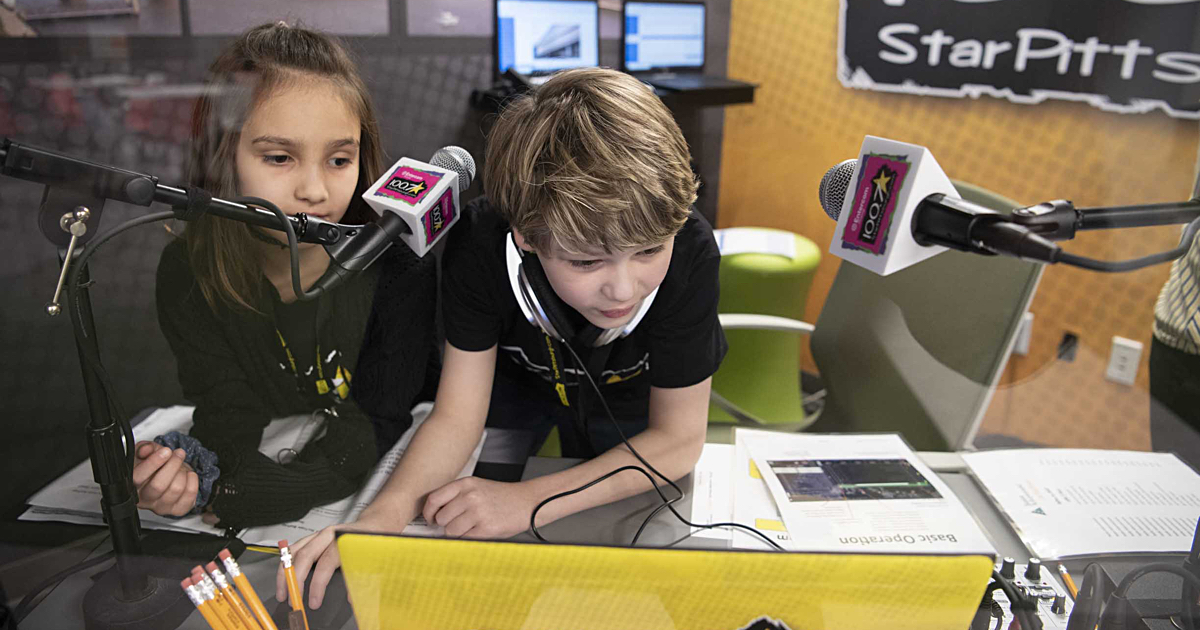
Jun 30, 2023 4:19:27 PM
Kids in K-12 schools are learning to be lawyers, teachers, technology experts, and healthcare professionals, among other careers. But what if they want to become a voice-over expert? A market research analyst? Or in the case of Nick Gross, founder of the learning platform Find Your Grind and a drummer for Sony?
The successful music industry entertainer has spent years talking to thousands of students to figure out how education is and isn’t serving them, ultimately developing a new career exploration model for the K-12 curriculum. He aims to change the narrative from "What do you want to be when you grow up?" to "What are your lifestyle goals?" And the shift is working. According to company data, after students first logged in with Find Your Grind, within one day, 76% of students experienced discovering what career path they wanted to pursue. After taking the course, half of the students reported being more self-aware. Gross’s program has expanded to 1200 schools in 30 states, impacting 75,000 kids.
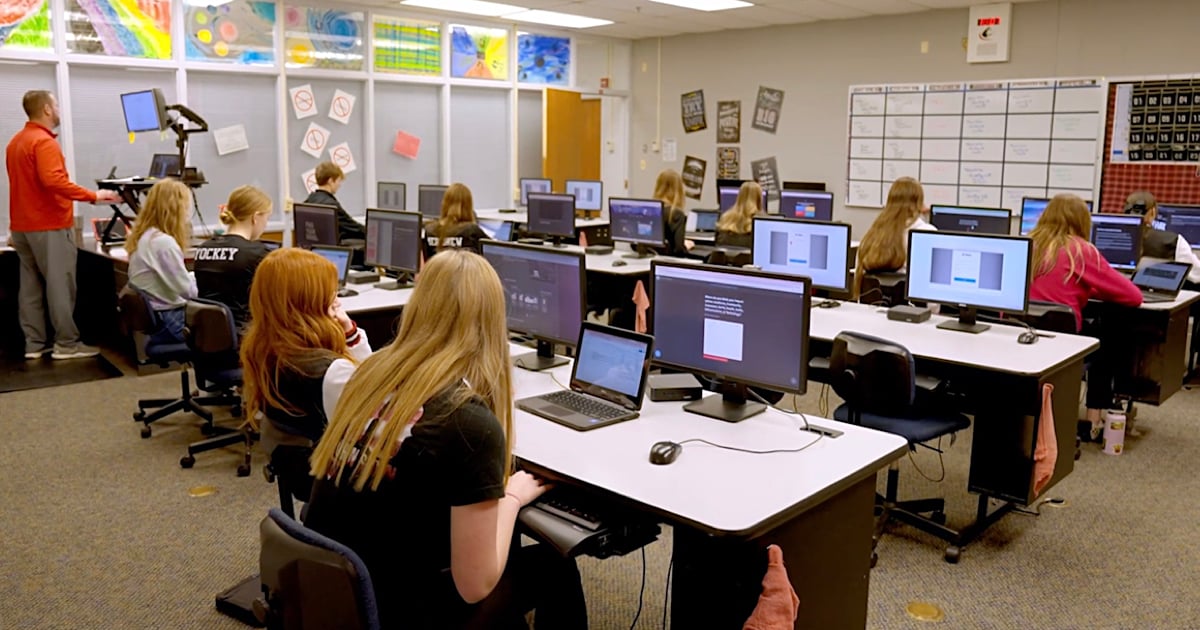
Gross’s program is one of many nationwide pushing for a shift in K-12 career education and exploration. The essential but often forgotten topic that finds its way into an elective class for a few months of the year at best and a single assembly at worst. Gross credits educators with doing all they can with what they have but also points to the data calling for a change.
“But when 500 students who graduated from high school between 2019–2022 were asked how prepared they felt for college and career, 75% said they felt somewhere between slightly and entirely unprepared,” he says. “That’s a pretty big number, so something’s going wrong. Couple that with the fact that few employers think students are prepared for success in the workplace, and it’s pretty clear things need to change.”
“For a lot of kids, their eventual careers seem so far off that keeping their attention is the main challenge. The other thing is, a lot of educators may be approaching this from a pretty traditional angle, talking about traditional paths kids might take—you know, becoming a doctor, lawyer, teacher, etc.—and a lot of kids might tune out because they don’t see themselves in those spaces,” Gross says. Their program “flips the funnel” he calls it, pushing for them to think through their lifestyle rather than picking a certain career, and does so through the influence of celebrity on-demand mentor videos from people like Will.i.am; Ruth E. Carter, the Oscar-winning costume designer behind the Black Panther films, Tony Hawk, Ali Mullin, a celebrity fashion stylist, the LA Chargers, and others.
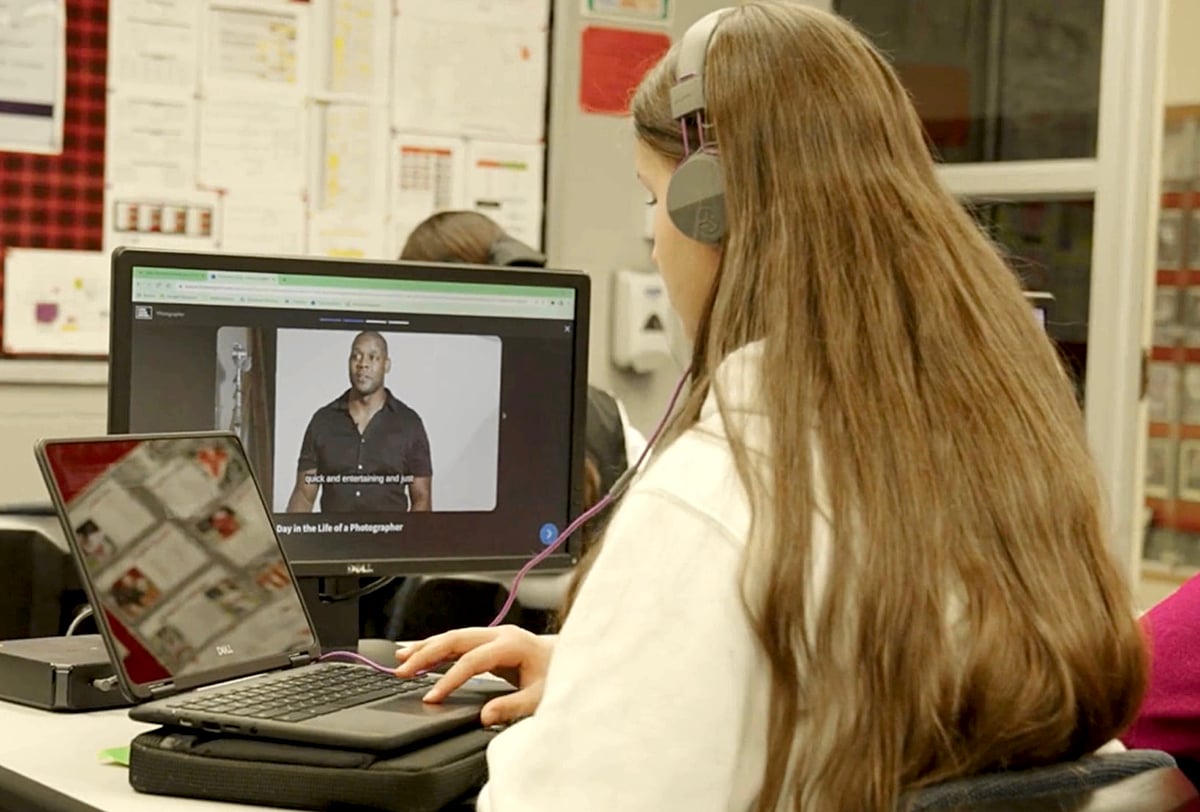
“In a lot of future and career readiness curriculum, there’s so much focus on individual jobs that we lose the focus on what’s really important, which is how kids envision their lives,” Gross says. So instead, they ask kids “What kinds of people do they want to work with? What kinds of spaces do they want to spend time with? What do they value? What really matters to them?”
In addition to teachers having limited time to dive into career exploration fully, often they aren’t equipped with the curriculum unless the school is partnering with an outside program. In addition, it can be difficult to engage kids in something they “should” care about, but is sometimes a decade into the future for them.
Candace Morgester, a teacher in Martin County School District in Florida, uses the Find Your Grind Program in her classroom because “Career [education] is mandatory in Florida, except there is no curriculum,” she says. One of her students learned that her calling was to be a “helper,” and soon after realized that becoming a media manager, a career she hadn’t heard about, could be an option. Morgester explained to her how Taylor Swift, for example, sure doesn’t do her own media management, which the girl was shocked to learn.
In this way, outside programs like Find Your Grind are filling in gaps in the curriculum, especially as teachers are “overwhelmed” and just trying to “hold their heads above water,” Morgester says.
Developing curriculum and building out the staff bandwidth to follow through with curriculum is a must but a challenge for some schools. The Association for Career and Technical Education states that though most public high schools require students to build an education and/or career plan (ECP), only around 1 in 5 reviews it annually with students. In addition to curriculum development, they want increased “strong employer partnerships” and a focus on transferable skills kids can use.
In Chicago, Principal Rufino Bustos at Sarah E Goode STEM Academy, is helping pave the way for an entirely different program alongside Pathways in Technology Early College High Schools (P-TECH). The program is simple — students leave high school with an associate’s degree, taking college-level courses and career training during their high school tenure, and having interned with cooperating companies. In Bustos’ school, they work with IBM. But not all of their college (in high school) classes are tech-focused, and instead, some are general education courses, allowing students to experiment with their passions before they spend thousands on college tuition, only to change their major a year in.
“Students are able to get the experience of being a college student while having high school support,” says Nancy Sandoval, a Goode school counselor. “They are able to go through different classes and say I like this one, and I don't like this one.” For example, a student who thought they wanted to major in sociology might find out they actually love economics through that first college class, Robert Terrazas, Goode STEM Program Manager, explains.
“These are students coming from low-income backgrounds, who historically have a harder time staying and persisting in college,” TK says, but with this program, made of mostly first-generation college students, they are seeing a promising persistence rate — between 86 and 89% of students who go on, finish their next degree. As the Center for American Progress concludes, this is essential because, based on Black, Latinx, and Indigenous people being underrepresented in high-paying fields, K-12 schools need to be more intentional about career education. Specifically, they call for more work-based learning experiences and college preparation tactics.
The increased focus on Career and Technical Education (CTE) in which students leave with a profitable skill and training, seems to be melding with more in-depth career exploration opportunities, especially in technology fields.
Sure, kids can research salaries and watch YouTube videos on their potential career interests. Or, thanks to some innovative immersion programs using technology and real-life simulations, they can live it. One such program, JA BizTown, literally brings a town full of jobs to students. Senior Education Director Amy Sidwell says teachers deliver career exploration and the capstone experience is a field trip to one of 40 facilities throughout the US, such as hers in Bridgeville, Penn.
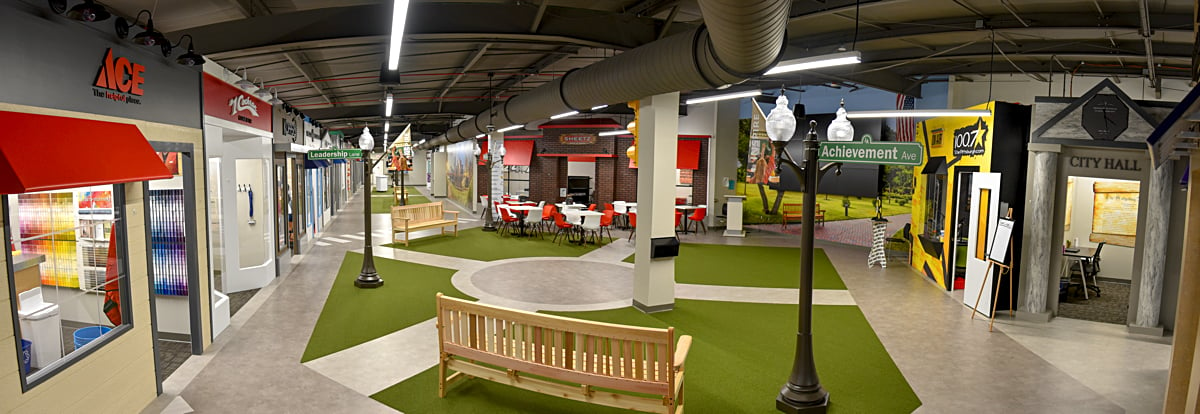
During the classroom portion, Sidwell explains that they write a resume, college three jobs they want to apply and interview for, and then are selected for one of those jobs. Then, within 20 different “stores,” they have CEOs, CFOs, and business-specific jobs, such as Comcast, who sells internet service to other stores, or jobs at the University of Pittsburgh Medical Center’s storefront, such as x-ray technicians.
“Students are often surprised to find out there are so many different jobs in a particular facility,” she says, pointing to an example where students may have seen baggers at Giant Eagle’s grocery, but haven’t seen what the CFO does there.
Technology has also allowed learners to get more authentic experiences to prepare for future jobs and explore what they like and don’t. Transfr, for example, is a virtual reality experience in which students can “work” in specific roles, including manufacturing, carpentry, first responders, hospitality, automotive, and other roles to give it a go without committing. The technology is meant to be intuitive to students and teachers alike, eliminating the need for hours of onboarding or training that teachers don’t have.
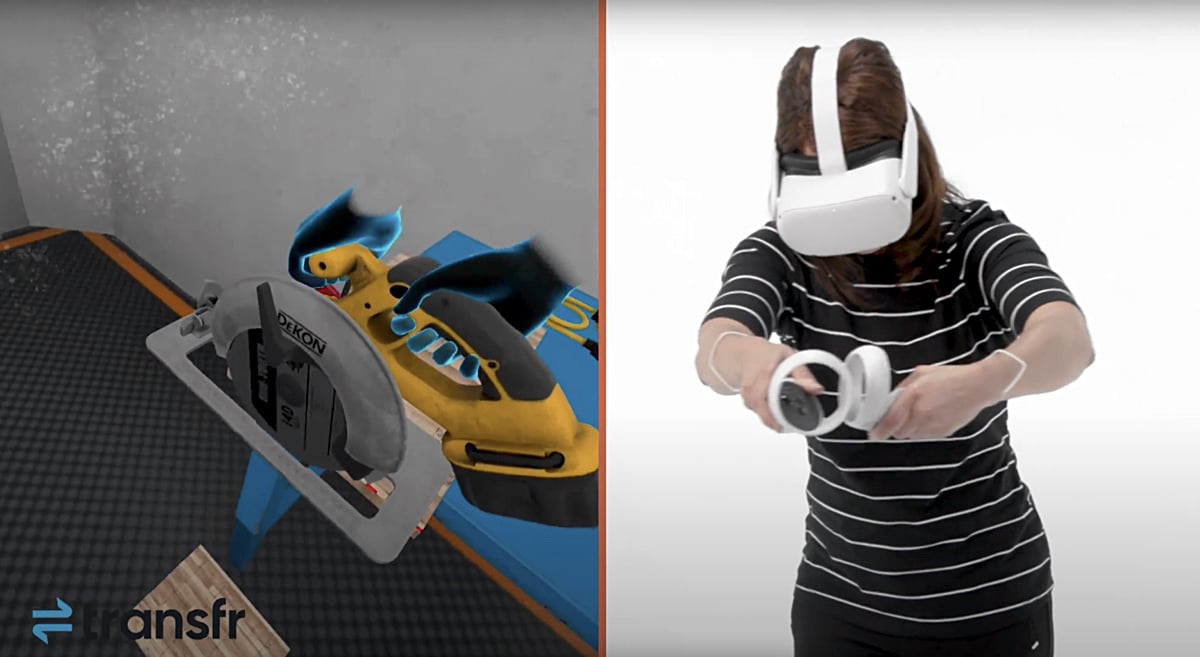
“Transfr gives students a chance to really test out new jobs and do something hands-on and learn a little bit more about the job, rather than just reading, writing, or hearing about it,” says Career Development Coordinator Elizabeth Higginbotham. A little real-world application goes a long way in reigniting a love of learning. “You see the excitement in their faces. It is the highlight of their day. They talk about going home and telling their parents all about it.”
Alexandra Frost is a Cincinnati-based freelance journalist, content marketing writer, copywriter, and editor focusing on health and wellness, parenting, real estate, business, education, and lifestyle. Away from the keyboard, Alex is also mom to her four sons under age 7, who keep things chaotic, fun, and interesting. For over a decade she has been helping publications and companies connect with readers and bring high-quality information and research to them in a relatable voice. She has been published in the Washington Post, Huffington Post, Glamour, Shape, Today's Parent, Reader's Digest, Parents, Women's Health, and Insider. Alex has a Master of Arts in Teaching, and a Bachelor of Arts in Mass Communications/Journalism, both from Miami University. She has also taught high school for 10 years, specializing in media education. To read more of her work or to connect, check out her website or her social media on Twitter, Instagram, or Linked In.
Few issues in education spark more tension and debate than standardized testing. Are they a tool for equity or a burden on students? A necessary check on school systems or a flawed measure of...
Charter schools are public schools with a purpose. Operating independently from traditional school districts, they're tuition-free, open to all students, and publicly funded—but with more flexibility...
Despite the benefits of a diverse teaching force, prospective teachers of color fall out of our leaky preparation pipeline at every stage: preparation, hiring, induction, and retention. Here’s what...
Ed Post is the flagship website platform of brightbeam, a 501(c3) network of education activists and influencers demanding a better education and a brighter future for every child.
© 2020-2025 brightbeam. All rights reserved.
Leave a Comment